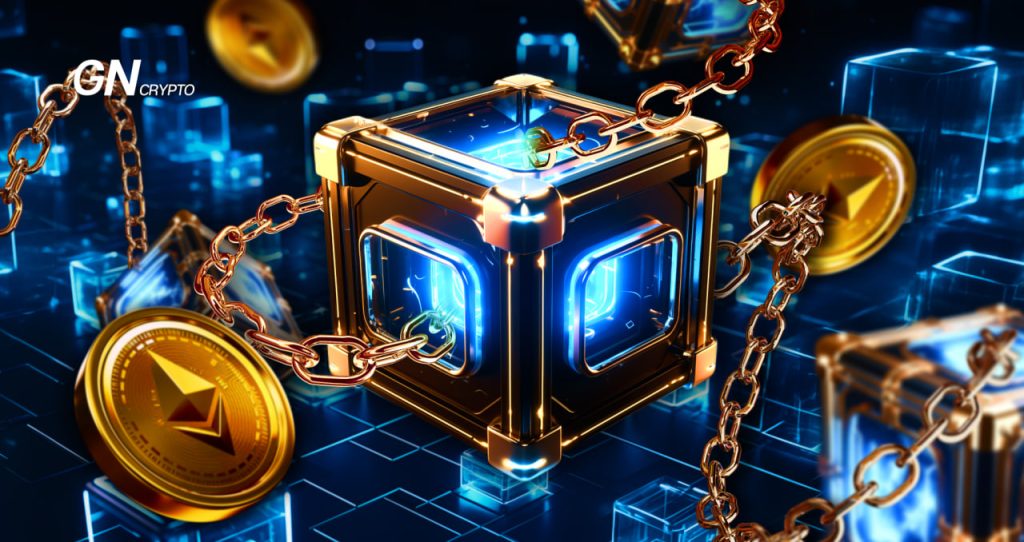What Are Rollups? The Need and Purpose Behind This Technology

Rollup is a solution for scaling the ‘heavy’ and costly Ethereum blockchain. It serves various purposes, which we will explore in our article.
On this page
Before users can start creating functional applications, any development team planning to launch a project on the blockchain must establish a complete infrastructure, including interfaces, wallets, APIs, and more.
Smart contract networks, like Ethereum, lessen the necessity for creating unique blockchains for development, yet they come with constraints like high transaction fees and limited scalability, thereby narrowing the scope for potential DApps.
Beyond Ethereum, teams like Cosmos and Polkadot also offer tools to create custom blockchains with shared security and compatibility features. However, these are often out of reach for most beginner developers due to the extensive resources and expertise they require.
Developers have reached a point where unique and ambitious ideas need a level of throughput nearly unattainable on overloaded public blockchains. As a result, many innovative applications remain unfeasible in practice.
This is where rollup technology steps in as a new L2 standard, offering a pivotal solution to these impediments.
What is Rollup?
Rollups, similar to cloud services providing extra layers of abstraction for developers, offer an efficient way to create blockchain environments. It processes transactions and smart contracts outside the main blockchain, combining several operations into cryptographically verifiable transactions on the main blockchain.
With rollup technology, a single blockchain can support multiple high-performance, second-level virtual networks, thus greatly enhancing its throughput and reducing transaction fees.
It's crucial to understand that a rollup is not a blockchain in the conventional sense. It's a special simulation environment that retains the advantages of blockchain technology. Here, smart contracts operate just as they would on an actual blockchain. The aggregation process can be either centralized or decentralized, tailored to fit performance needs or business requirements.
The only strict requirement is for operators to consistently record data on the base (main) blockchain to ensure data integrity.
Beyond scalability, by separating the “execution” layer from the “data availability,” “settlement,” and “consensus” layers, developers gain more flexibility and concurrently enhance the security of the main chain. For example, if a developer prefers not to use Solidity and wants to leverage the Ethereum ecosystem's advantages, they can deploy their application in the Ethereum network using rollups, with Python as their primary programming language.
This makes rollup technology an accessible option for any novice developer to set up their virtual blockchain in just a few minutes.
Working Mechanism of Rollup on Ethereum. Source: horizen
What is zk-Rollup?
Zk-Rollup is used in applications requiring fast processing and enhanced privacy. It's a virtual blockchain technology that utilizes zero-knowledge proof. This method was first introduced in the Ethereum network as a way to further scale the primary blockchain. It allows the transfer of information at the L2 level without disclosing full transaction details, while ensuring that all data are certified, verified, and stored using standard L1 processes. This means all data can be recovered if L2 security is compromised.
Zk-Rollup is particularly favored in NFT marketplaces and blockchain gaming, where fast data processing and minimal gas fees are crucial.
In essence, rollup technology is a step towards the modular structure of blockchain, aiming to address the scalability trilemma in decentralized networks.
The content on The Coinomist is for informational purposes only and should not be interpreted as financial advice. While we strive to provide accurate and up-to-date information, we do not guarantee the accuracy, completeness, or reliability of any content. Neither we accept liability for any errors or omissions in the information provided or for any financial losses incurred as a result of relying on this information. Actions based on this content are at your own risk. Always do your own research and consult a professional. See our Terms, Privacy Policy, and Disclaimers for more details.

























